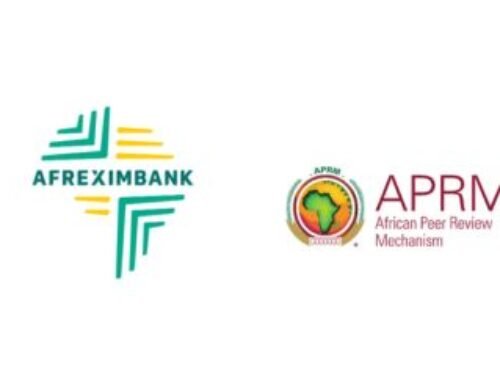
In today’s dynamic world, regulators wield significant influence in shaping sustainability practices and policies, guiding businesses to navigate risks and capitalise on opportunities. Sustainability risk encompasses Environmental, Social, and Governance (ESG) factors that can profoundly impact a company’s performance.
Recently, there has been a surge in focus on ESG considerations, driven by shifts in political, regulatory, and policy landscapes worldwide. Certain sectors and industries face heightened risks of disruption and financial losses stemming from sustainability challenges. Consequently, sustainability issues have emerged as critical determinants of a company’s financial health, prompting a shift towards integrating ESG factors into credit assessments.
However, it is essential to clarify that ESG considerations in credit ratings aim not to measure a company’s sustainability impact per se but rather to evaluate how ESG risks affect its creditworthiness. Credit Rating Agencies (CRAs) examine the intersection of ESG and credit to gauge materiality and assess their impact on a company’s ability to meet debt obligations.
While sustainability factors can significantly influence creditworthiness, their materiality varies across industries. For instance, in 2019, Pacific Gas and Electric Company (PG&E) faced a rating downgrade due to wildfire liabilities, leading to its eventual collapse—a stark example of environmental risk impacting credit quality.
The COVID-19 pandemic further highlighted the importance of environmental and social credit factors, exacerbating their impact on credit quality. However, as pandemic-related risks diminished in 2023, credit actions related to these factors saw a decline.
Governance considerations, including board oversight, management expertise, and risk mitigation practices, also play a crucial role in credit assessments. Effective governance practices, such as diverse and experienced management teams, enhance a company’s sustainability profile.
However, challenges persist regarding disclosures and availability of sustainability information. While some companies provide comprehensive disclosures in their annual and sustainability reports, others fall short. Improved disclosure practices and the inclusion of sustainability concerns in rating reports will continue to drive progress in this domain.








Leave A Comment